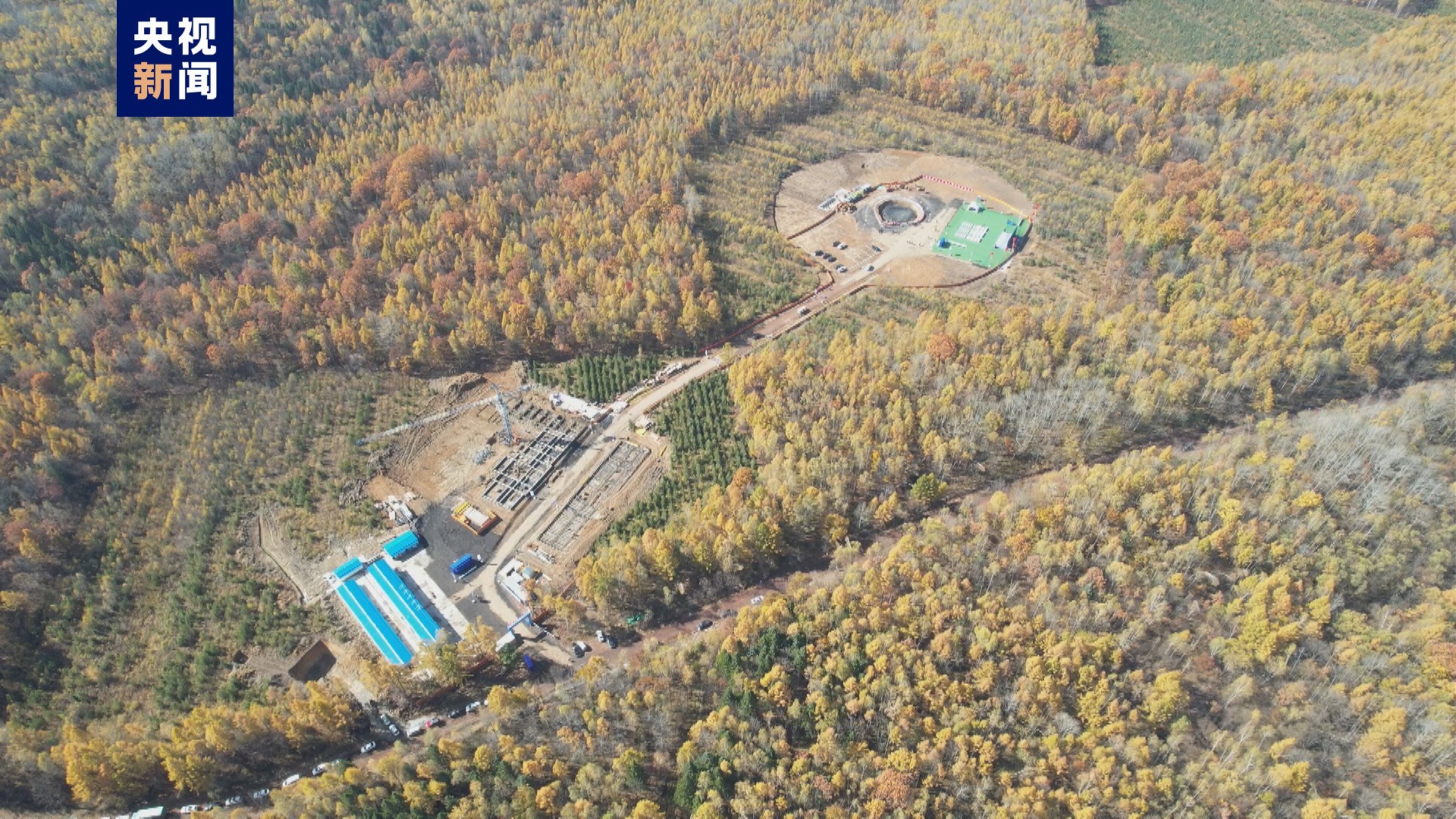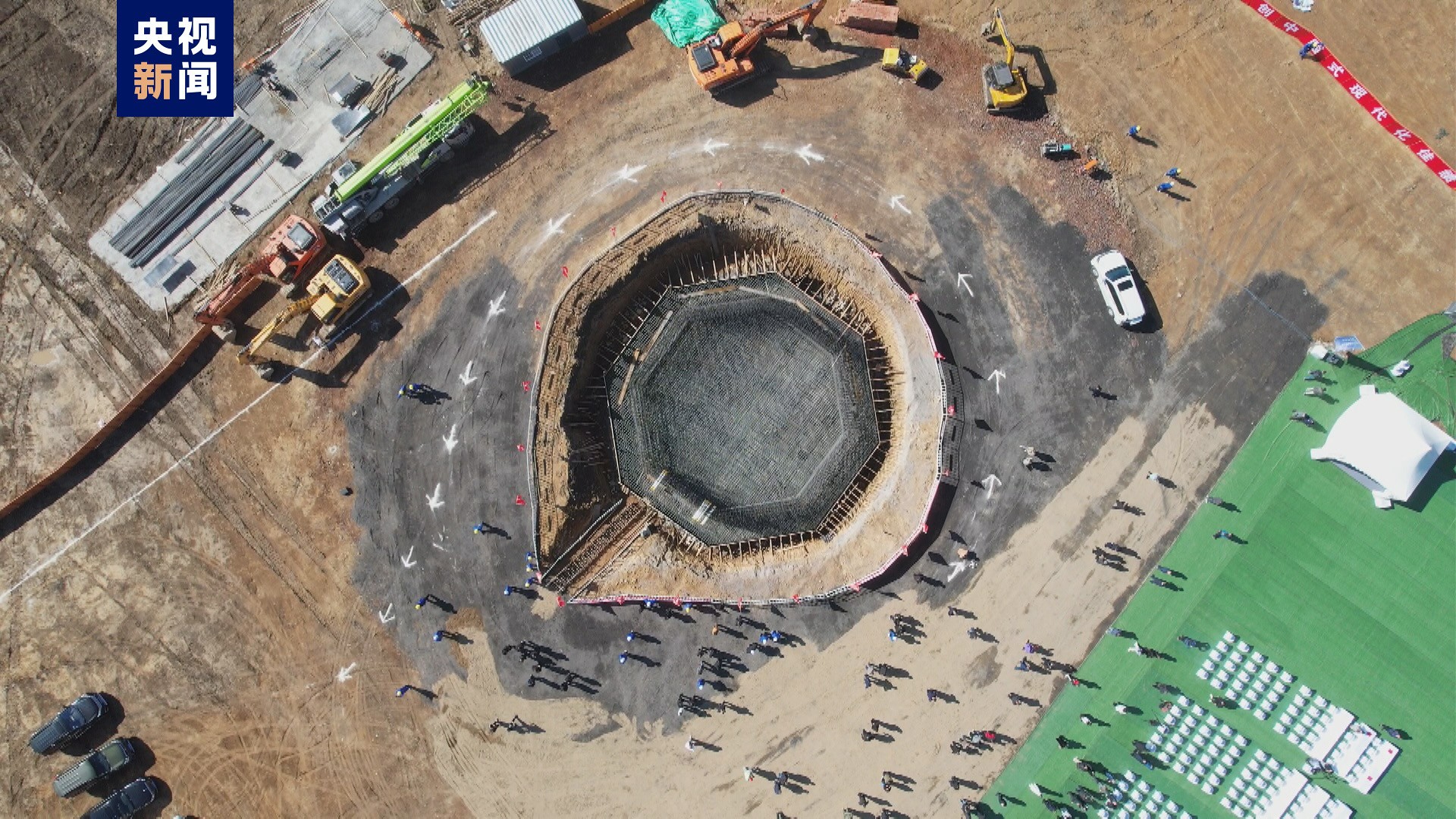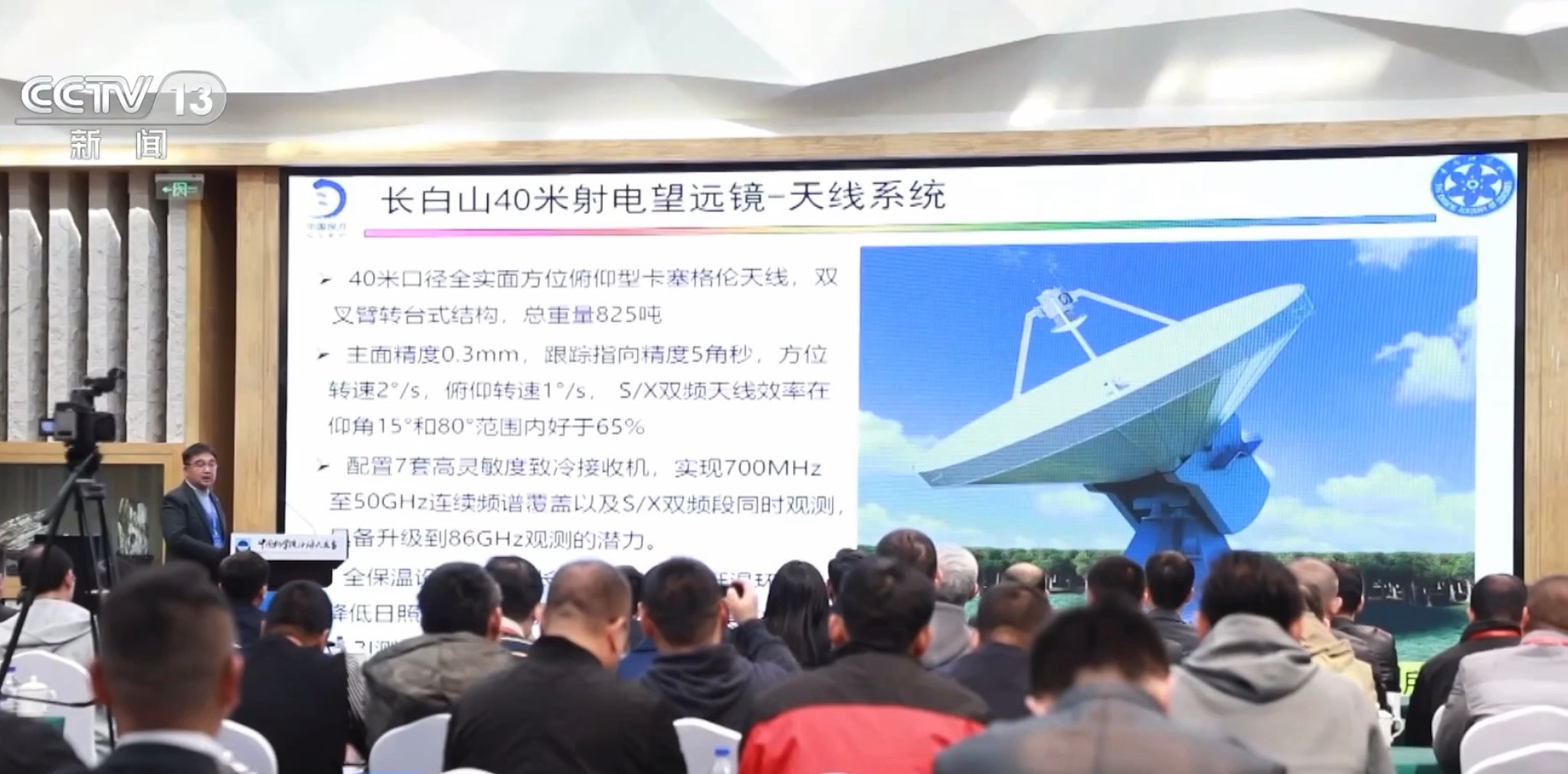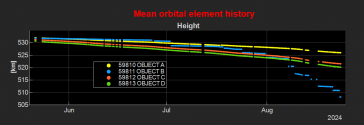Some news, pop sci write ups in the West first:
Galactic Energy's launch:
DRO's spacecraft reached their lunar retrograde orbit:
The interesting proposal for Lunar communications by Chinese scientists & engineers:
Deep Blue Aerospace secured more funding:
Scientific papers:
Moon:
A moderate-Ti lunar mare soil simulant: IGG-01
Mars:
Seasonal cap dynamics at the South Pole of Mars in the 36th Martian year, observed by Tianwen-1
Technology dev:
Real-time fault-tolerant guidance for launch vehicle ascending flight under thrust drop failure
Ignition and flow combustion characteristics of hydroxylammonium nitrate - based liquid propellant based on electric method
Criteria for selection of point-ahead angle compensation strategy in intersatellite laser ranging interferometry of TianQin based on research of tilt-to-length coupling noise
Path planning of 6-DOF free-floating space robotic manipulators using reinforcement learning
Reinforcement learning-based multi-impulse rendezvous approach for satellite constellation reconfiguration
Design and analysis of a novel deployable grasping manipulator for space object capture
Orbit determination for spacecraft with continuous low-thrust using nonsingular Thrust-Fourier-Coefficients and filtering-through approach
An ultra-compact mechanical interface universal design for orbital replacement unit
The effect of projectile nose shape on the formation and expansion of impact-induced ejecta for sand target
Chain tethered satellite formation reconfiguration: An event-triggered practical prescribed-time control approach
WDICD: A novel simulated dataset and structure-aware framework for semantic segmentation of spacecraft component
Lifetime experiment and analysis of an electrowetting ionic liquid electrospray thruster
















